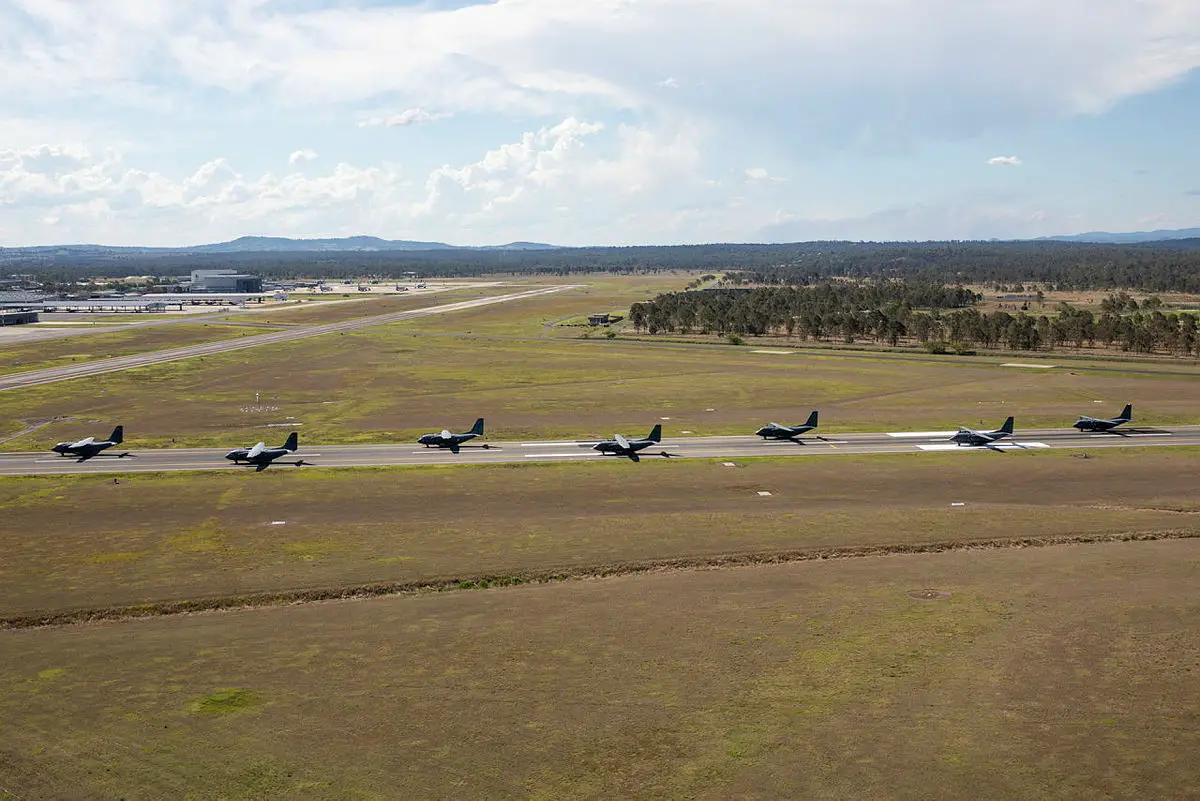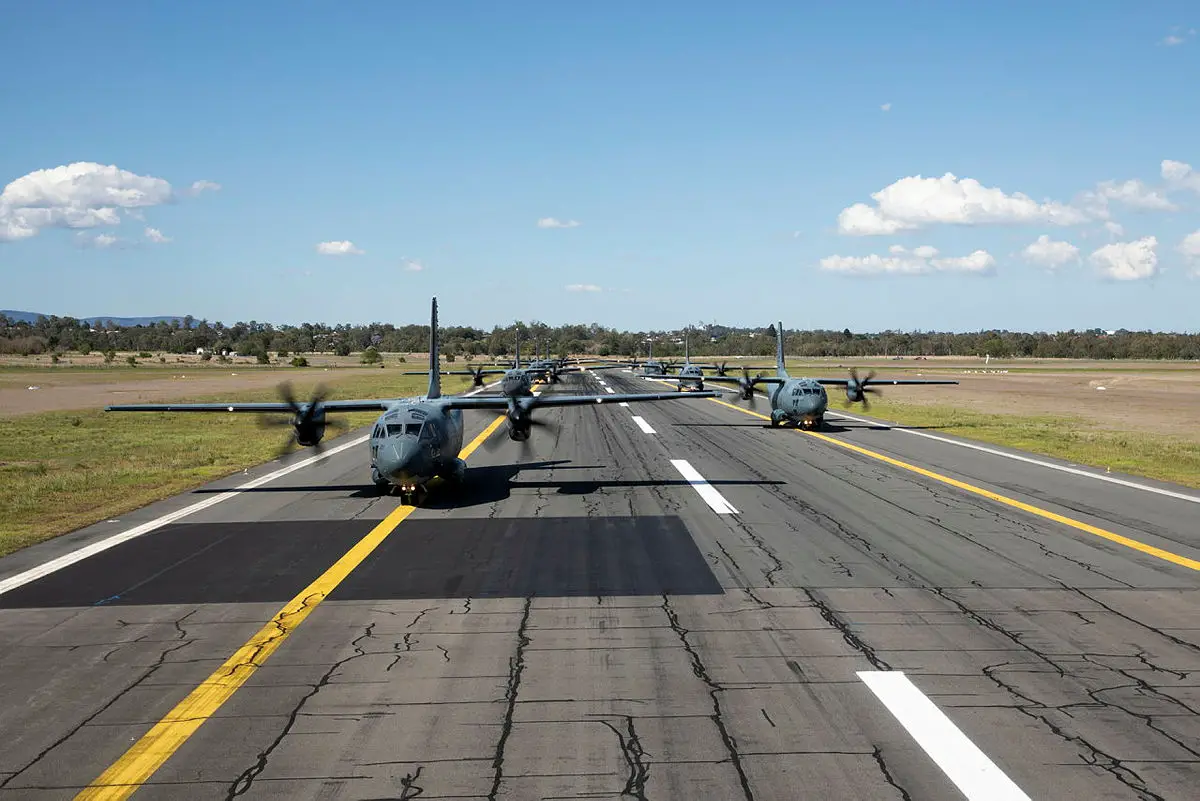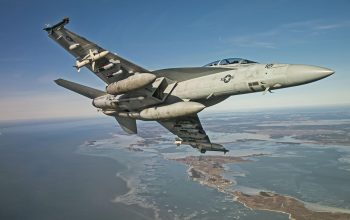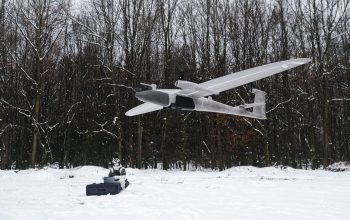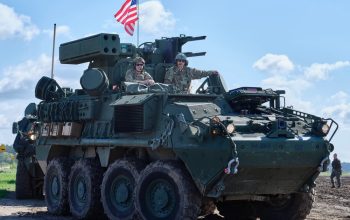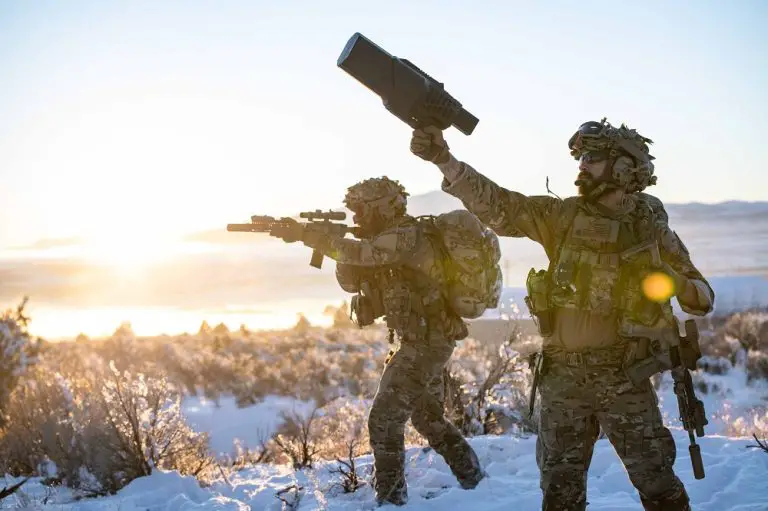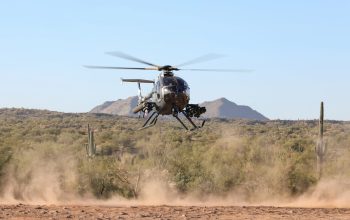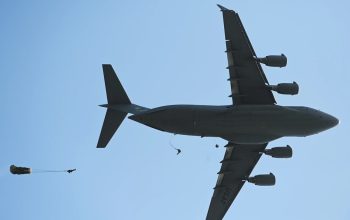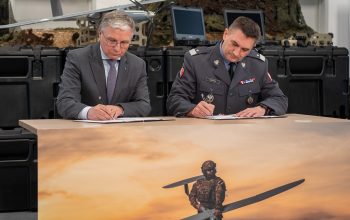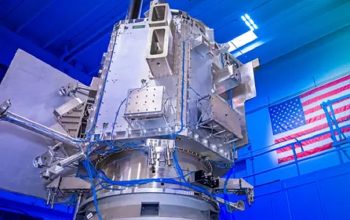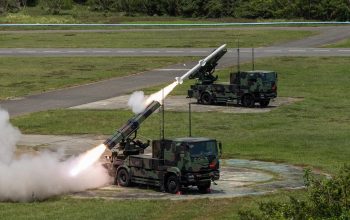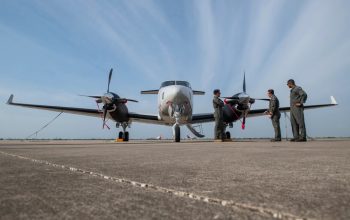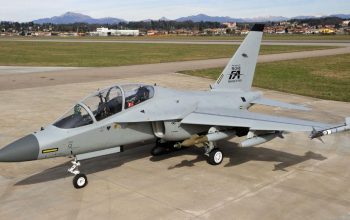“March of the Spartans” by No. 35 Squadron has demonstrated its readiness to deliver airlift support during contingency operations. Aviators simultaneously launched seven C-27J Spartans at RAAF Base Amberley, with an eighth Spartan already interstate on a separate task. Massed launches such as this are also called an “elephant walk”, describing the trail of aircraft taxiing to the runway. An elephant walk is a USAF term for the taxiing of military aircraft right before takeoff, when they are in close formation. The term elephant walk dates to World War II when large fleets of allied bombers would conduct attacks in missions containing 1,000 aircraft.
Commanding Officer of No. 35 Squadron Wing Commander Scott Egan said,“ it was the first time any global C-27J operator had conducted a mass launch on this scale. Defence remains ready to provide relief to communities in Australia and across the region, and evacuate people to safety. The C-27J Spartan is one of many Defence capabilities that can provide vital support to the nation, and our near region, particularly as we enter the high-risk weather season. The mass launch demonstrates that No. 35 Squadron is prepared to support whole-of-government operations and deliver that response to remote airfields.”
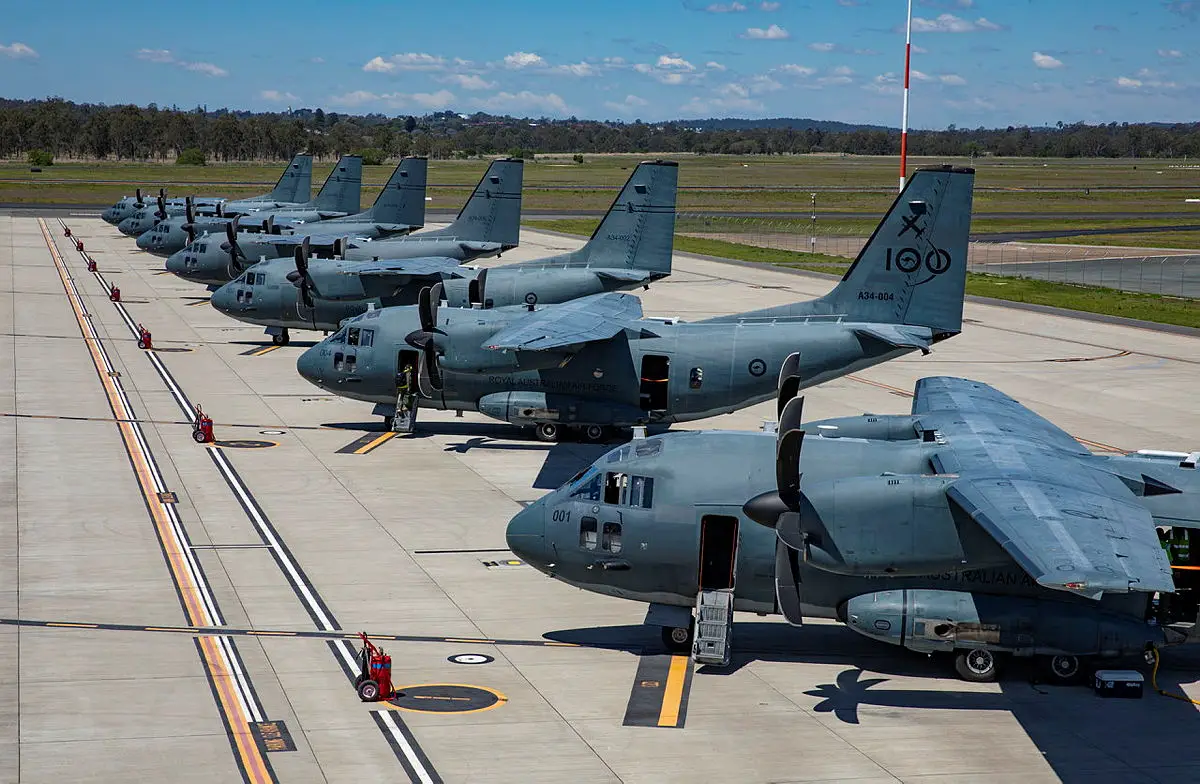
Air Force has a fleet of 10 C-27J Spartans, providing a light tactical airlift capability between Army’s rotary-wing fleet; and larger Air Force transports such as the C-130J Hercules and C-17A Globemaster III. Each aircraft can carry up to 40 passengers or five tonnes of cargo. Flight Lieutenant Sean Joyce, a pilot at No. 35 Squadron, was responsible for coordinating the March of the Spartans. It took diligent effort and many prudent decisions by everyone involved to ensure that the launch went smoothly. Decisions that many of RAAF aviators made on the day directly ensured that it was successful.
The March of the Spartans was built around the routine practice of preparing and launching the C-27J, but required coordination and simultaneous actions across seven aircraft. Aircrew planned an achievable timeline and ancillary details including taxi order and positions of aircraft, radio-call phraseology and coordination, and contingency actions. Maintenance personnel, however, had a significant stake in the March of the Spartans being successful. It takes time to prepare an aircraft for a day of flying, as well as to launch and recover planes. “Usually this is done with a time-based stagger to give technicians sufficient time and space to ‘turnaround’ aircraft and deal with any problems.
